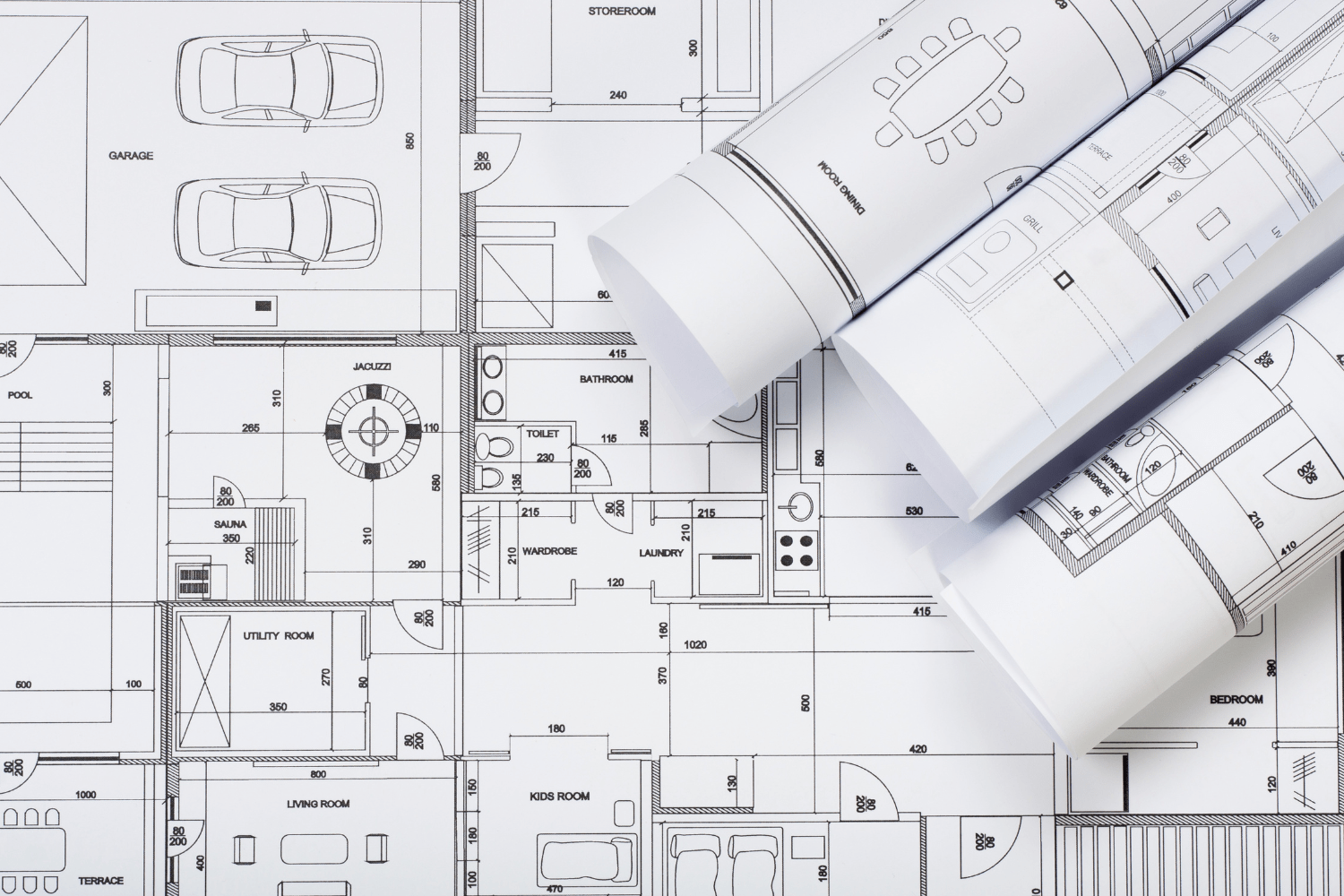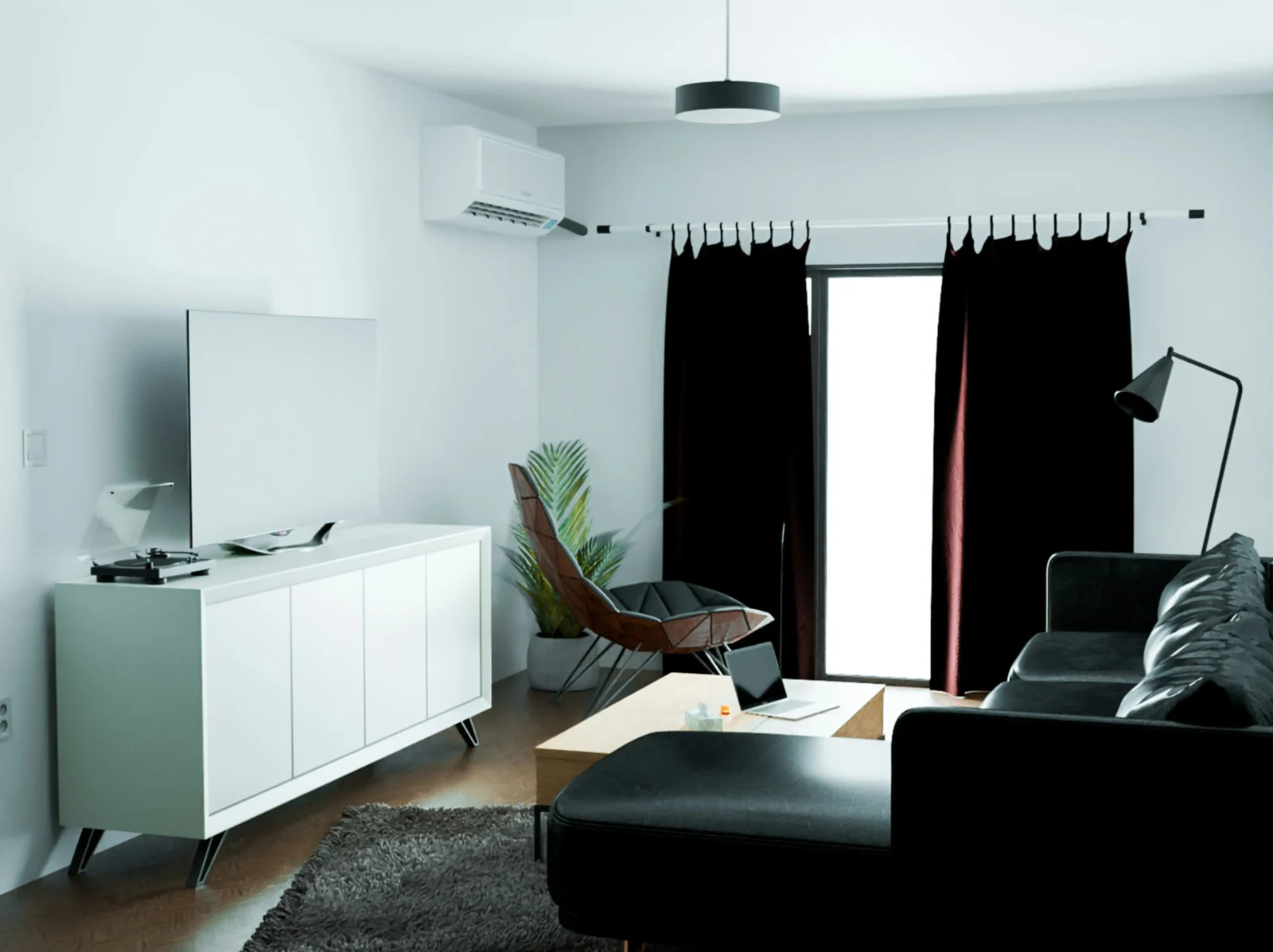- Home
- Articles
- Architectural Portfolio
- Architectral Presentation
- Inspirational Stories
- Architecture News
- Visualization
- BIM Industry
- Facade Design
- Parametric Design
- Career
- Landscape Architecture
- Construction
- Artificial Intelligence
- Sketching
- Design Softwares
- Diagrams
- Writing
- Architectural Tips
- Sustainability
- Courses
- Concept
- Technology
- History & Heritage
- Future of Architecture
- Guides & How-To
- Art & Culture
- Projects
- Interior Design
- Competitions
- Jobs
- Store
- Tools
- More
- Home
- Articles
- Architectural Portfolio
- Architectral Presentation
- Inspirational Stories
- Architecture News
- Visualization
- BIM Industry
- Facade Design
- Parametric Design
- Career
- Landscape Architecture
- Construction
- Artificial Intelligence
- Sketching
- Design Softwares
- Diagrams
- Writing
- Architectural Tips
- Sustainability
- Courses
- Concept
- Technology
- History & Heritage
- Future of Architecture
- Guides & How-To
- Art & Culture
- Projects
- Interior Design
- Competitions
- Jobs
- Store
- Tools
- More
The Place of Light in Architectural Design: Enhancing Mood and Functionality
Discover the transformative power of light in architectural design with our in-depth article. Explore how natural and artificial light shapes mood, enhances aesthetics, and boosts functionality. Learn about strategic window placement, diverse lighting techniques, and the interplay of light and materials.

Light plays a pivotal role in architectural design, shaping how we experience and interact with spaces. It’s not just about illumination; it’s about creating mood, enhancing aesthetics, and influencing functionality. By understanding the nuances of natural and artificial light, we can transform ordinary structures into extraordinary environments that resonate with their occupants.
As we explore the significance of light in architecture, we’ll uncover how it affects everything from energy efficiency to emotional well-being. With the right balance, light can breathe life into a space, guiding our movements and elevating our senses. Join us as we delve into the fascinating interplay between light and design, revealing how this essential element can redefine our built environments.

Table of Contents
ToggleThe Importance of Light in Architectural Design
Light influences architectural design profoundly, shaping our experiences in built environments. Natural light, for instance, promotes energy efficiency, reduces reliance on artificial lighting, and enhances the overall mood of a space.
Artificial light plays a key role in defining character and functionality. We can manipulate brightness and color to create different atmospheres, guiding emotions and activities. For example, warm lighting in dining areas fosters relaxation, while brighter lights in workspaces enhance productivity.
The placement of windows impacts how light enters a space. Strategically positioned windows maximize daylight, providing both aesthetic appeal and reducing energy costs. Skylights and open spaces also facilitate light flow, creating a sense of openness and connection with the exterior.
Light interactions with materials further enhance architectural designs. Glossy surfaces reflect light, creating dynamic visuals, while matte finishes absorb it, offering a softer ambiance. This interplay can significantly alter the perception of scale and texture within a space.
Incorporating light effectively elevates architectural design, improving function and aesthetic appeal while promoting emotional well-being. Understanding its importance allows us to create spaces that resonate with users on multiple levels.
Types of Light in Architecture
Understanding the types of light in architecture—natural and artificial—enables us to create spaces that resonate with purpose and aesthetic appeal.

Natural Light
Natural light serves as a fundamental element in architectural design, promoting energy efficiency and enhancing mood. It enters spaces through strategically placed windows, skylights, and openings. We can optimize daylight by maximizing exposure to the sun’s path and reducing reliance on artificial lighting. Using materials with reflective properties can also amplify natural light, creating bright and inviting environments. Studies indicate that natural light improves occupants’ emotional well-being while enhancing visual comfort and productivity. Incorporating features like light shelves or clerestory windows further facilitates daylight penetration, providing a remarkable ambiance that evolves throughout the day.
Artificial Light
Artificial light plays a pivotal role in defining the character and functionality of spaces. It allows us to manipulate brightness, color, and direction to create various atmospheres. We can classify artificial light into ambient, task, and accent lighting. Ambient lighting establishes the overall illumination level, while task lighting focuses on specific activities, such as reading or cooking. Accent lighting highlights features, adding depth and visual interest. The selection of lighting fixtures and techniques, such as dimmers and color temperature adjustments, enables us to adapt spaces to varying needs and moods. Additionally, integrating smart lighting systems enhances accessibility and control, enabling tailored experiences that align with our daily activities.
The Role of Light in Space Perception
Light significantly influences how we perceive space. It shapes our experiences within an environment, impacting both ambiance and functionality.

Enhancing Ambiance
Light creates atmosphere within a space. Natural light, when integrated effectively, fosters warmth and tranquility. This type of lighting influences our emotions, making spaces feel larger or cozier. Artificial light also contributes, with options such as soft, diffused lighting enhancing relaxation. By varying intensity and color, we can evoke specific moods—warm colors promote intimacy, while cooler tones evoke clarity. Strategic combinations of light sources enrich our interactions, elevating the overall sensory experience.
Impact on Functionality
Light dictates how we use spaces. Task lighting, for instance, improves visibility in work areas, facilitating focused activities like reading or cooking. Ambient lighting establishes a general lighting base for circulation areas, preventing accidents. Accent lighting directs attention to focal points, such as artwork or architectural features, enhancing the room’s purpose and character. We optimize lighting to cater to diverse activities throughout the day, allowing spaces to adapt to our needs. The right balance of light types promotes efficiency, comfort, and safety, ultimately enhancing our experience within each environment.
Techniques for Integrating Light
We can enhance architectural designs by employing various techniques to effectively integrate light into spaces. These methods maximize the benefits and elevate both functionality and aesthetics.

Strategic Window Placement
Strategic window placement maximizes natural light, creating inviting environments. Windows positioned to capture direct sunlight can significantly reduce energy costs while improving mood. Orienting windows toward scenic views or using large glass panels opens spaces and establishes a connection to the outdoors. Utilizing transom windows or clerestory windows allows light to penetrate deeper into interiors, minimizing reliance on artificial lighting during the day. Balancing window sizes and placements can also influence privacy and thermal comfort, ensuring functionality without sacrificing natural illumination.
Use of Reflective Surfaces
Reflective surfaces play a pivotal role in amplifying natural light. Incorporating materials such as mirrors, glossy tiles, or metallic finishes maximizes light distribution throughout a space. We can enhance brightness by strategically placing mirrors across from windows, creating a sense of depth and spaciousness. Light-colored walls and ceilings reflect more light, further enhancing an area’s clarity and warmth. Employing these surfaces ensures that even modest amounts of natural light can effectively illuminate larger areas, improving overall occupant experience and comfort.
Conclusion
Light plays an essential role in architectural design, influencing mood, aesthetics, and functionality. Understanding the dynamics of natural and artificial light allows us to create spaces that not only look appealing but also promote well-being. Natural light enhances energy efficiency, reduces reliance on artificial sources, and elevates emotional health. We achieve this enhanced ambiance by strategically placing windows, skylights, and openings while incorporating reflective materials to amplify brightness.
Artificial light complements natural sources by defining character and usability. We can manipulate brightness, color, and direction to create distinct atmospheres tailored to specific functions. By utilizing ambient, task, and accent lighting, we ensure that each space meets diverse requirements while fostering comfort and safety.
Integrating lighting into architectural designs demands careful consideration. By emphasizing strategic window placement and orienting them toward scenic views, we maximize daylighting and reduce energy expenses. Furthermore, the use of reflective surfaces, such as mirrors and glossy finishes, enables us to brighten even the most modest spaces, enhancing occupant comfort and overall experience.
By leveraging the interplay between light and design, we can redefine architectural environments, contribute to emotional well-being, and enhance the effectiveness of our living and working spaces.
- ambient architectural lighting
- architectural light design
- architectural lighting concepts
- architectural lighting design
- architecture lighting ideas
- dynamic lighting design
- enhancing mood with light
- functional architectural lighting
- functional design lighting
- functional lighting solutions
- innovative lighting solutions
- light and architecture
- light design in architecture
- light functionality in design
- light integration in design
- lighting design for architects
- lighting for mood enhancement
- lighting in architecture
- modern architectural lighting
- mood lighting for architecture
- mood-enhancing lighting design
Submit your architectural projects
Follow these steps for submission your project. Submission FormLatest Posts
10 Common Architectural Symbols and Their Meanings
Architectural drawings rely on symbols to communicate complex ideas quickly and clearly....
Best LED Shop Lights 2026: Brightest Options for Garage & Workshop
In 2026, LED shop lights have become essential for creating safe, efficient,...
Coloring Your Year: Using Traditional Lunar New Year Hues to Transform Your Apartment Décor
Lunar New Year always brings a burst of color and energy, making...
Chandelier Light vs Ceiling Lights: Which Decorative Lighting Works Best for UAE Homes in Winter?
Winter in the UAE doesn’t arrive loudly. It doesn’t announce itself with...












Leave a comment